With the rapid development of e-commerce and international supply chains, it is becoming more common for brands to sell their products globally. In order to meet the regulatory requirements of different regions, the labeling on packaging has become increasingly important. These labels must not only clearly communicate the product message to consumers, but also comply with relevant environmental regulations. Let's take a look at the most common eco-labels on packaging!
The recycling logo on products or packaging has become a familiar element in our daily lives. Recycling symbol, a seemingly endless Möbius ring, with its unique shape conveys to us an important message: the item is recyclable.
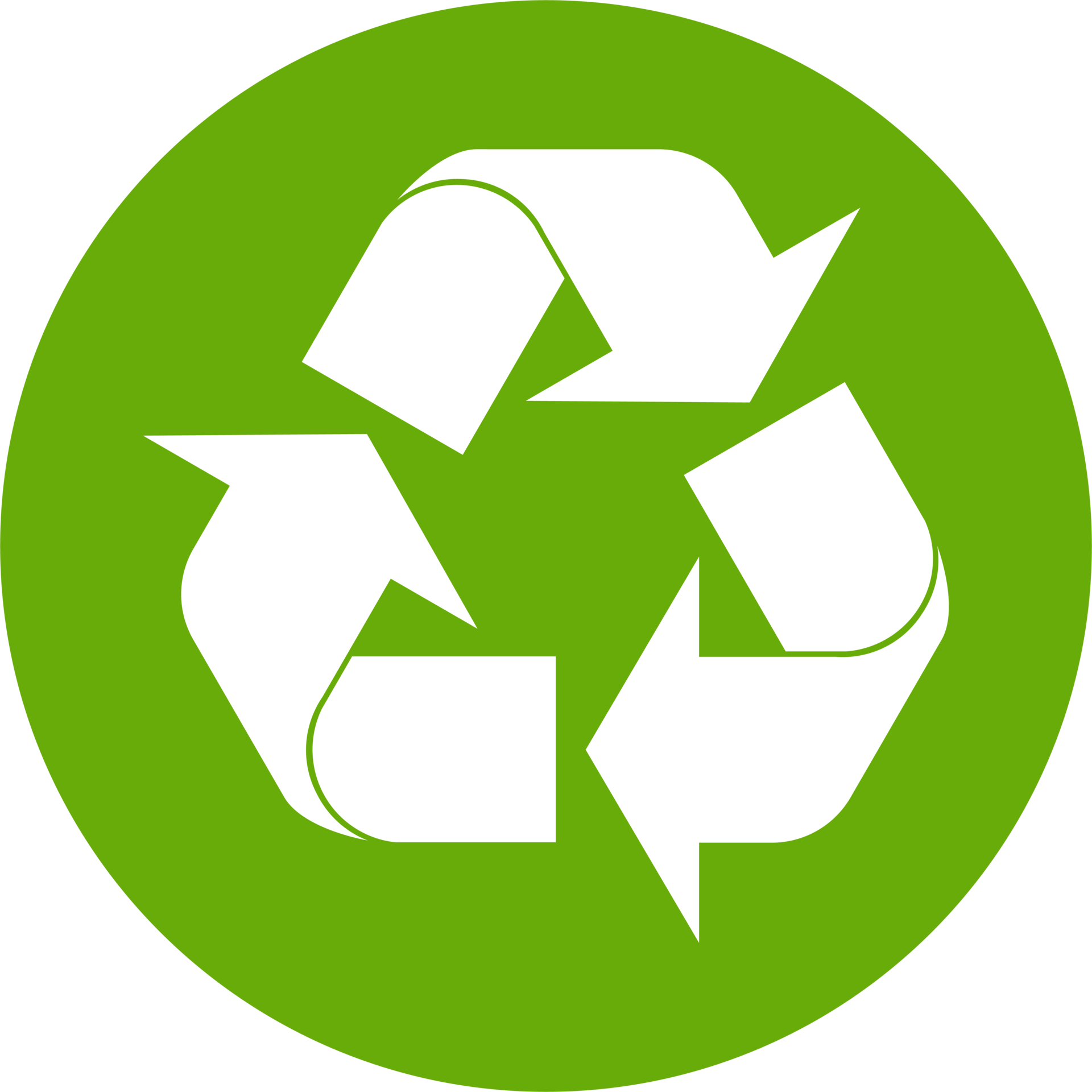
The origins of this symbol date back to 1970, and since then it has become the internationally recognized symbol for recycling. More than just a simple logo, the symbol contains a number and a percentage that indicates the amount of recyclable material in the item. In this way, consumers can visualize the extent to which this product contributes to the environment.In recent years, the recycling symbol has become almost ubiquitous with the popularity of waste segregation and environmental awareness.
Tidyman, a simple yet recognizable logo, is undoubtedly a shining star in the environmental field. As the logo for the charity Keep Britain Tidy, it's not just a logo, but aslo a symbol of a philosophy.

Keep Britain Tidy, a charity dedicated to reducing litter and waste and promoting sustainable development, communicates the importance of environmental protection through the Tidyman logo. Brands can pay to use the logo to support the charity's activities and help the environment.
In the cosmetics market, we can often see an eye-catching green dot logo. Inspired by the Chinese Tai Chi diagram and Anderson's recycling logo, the unique design of this logo makes it stand out from many other brand logos.
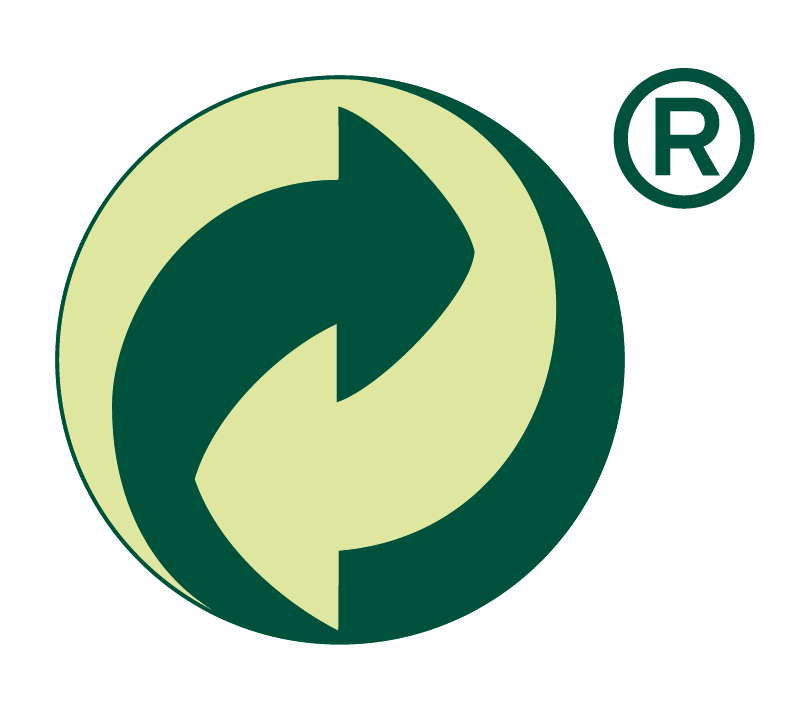
However, products with the Green Dot logo don't mean that the product itself is recyclable. What the logo actually represents is that the brand has joined the Green Dot recycling system and pays a fee for the packaging to be recycled for disposal and re-sale.The presence of the Green Dot logo has caused some confusion among consumers. Since the color is similar to certain environmental logos, it is easy for people to mistake the product as recyclable. In reality, products with the Green Dot logo simply indicate that the brand has made some effort to be environmentally friendly by paying for the recycling and re-sale of the packaging.
-
Forestry Stewardship Council (FSC)
The FSC logo, known as Forest Stewardship Council, is a certification mark that is widely used around the world.FSC certification is a tool that uses market-based mechanisms to promote sustainable forest management to achieve ecological, social and economic goals.
Currently, there are three main types of FSC labels, each with its own specific criteria and requirements.
 FSC 100%:
FSC 100%: This symbol indicates that 100% of the raw materials for the product come from FSC-certified forests, in full compliance with FSC environmental and social standards. It indicates that the product is manufactured in a way that utilizes forest resources in a sustainable way, while at the same time paying attention to the rights of local communities and laborers.
FSC MIX: This symbol indicates that the product's raw materials come from a mixture of FSC-certified forests, recycled materials and other controlled raw materials. This means that the product does not come exclusively from a single FSC-certified forest, but is manufactured in a way that minimizes the use of non-sustainable or illegally sourced materials.
FSC RECYCLED: This symbol indicates that the product's raw materials contain post-consumer recycled materials and can also include pre-consumer materials. It means that the product has been manufactured with a focus on reusing resources and reducing the consumption of new materials, thus reducing the pressure on the environment.
Choosing products with the FSC logo means that consumers are supporting manufacturers who care about the environment and social responsibility, while contributing to the sustainable management and conservation of forests worldwide.
The logo was developed in 1988 by the Plastics Industry Association, has been used ever since. The logo was designed to make it easier for plastics recyclers to identify and categorize plastics of different materials.
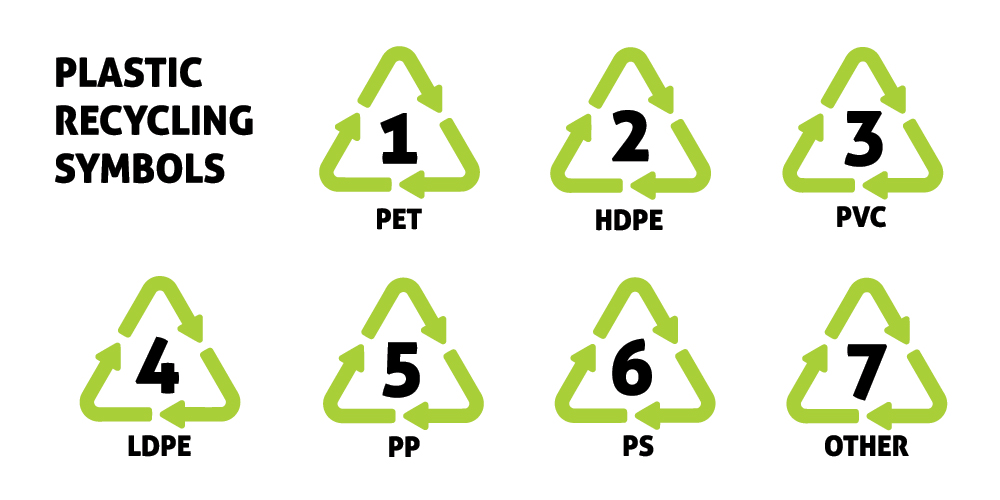
We can often see this symbol on items such as beverage bottles, take-out containers, plastic water cups, etc. It usually displays the abbreviation of the material underneath the triangle, or just the numbers in it. However, sometimes certain consumers may misunderstand these numbers and mistakenly think that the numbers represent the number of times different plastics are recycled.In reality, the numbers represent different types of plastics, not the number of times they have been recycled.
To help you better understand what
plastics each number represents, here is a simple chart:
1、PETE
2、HDPE
3、PVC
4、LDPE
5、PP
6、PS
7、Other
By understanding the types of plastics represented by each number, we can better segregate and recycle plastic waste, thereby reducing environmental pollution.
In today's increasingly environmentally conscious world, the logo of a compostable product has become a focus of attention. The logo signifies that the product is compostable and can be fully degraded in an industrial composting plant. With this logo, consumers can easily identify which products are environmentally friendly and thus make more sustainable choices when purchasing.
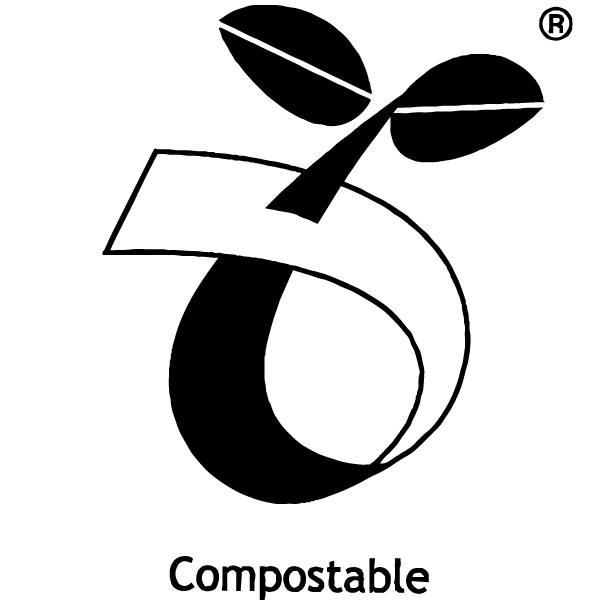
The logo of the compostable product is in the shape of a sapling, which is a registered trademark of Bioplastics Europe. This logo is certified by DIN CERTCO and TÜV Austria Belgium according to EN 13432. This means that the product is able to decompose completely under industrial composting conditions without any burden on the environment.
It is important to note that the mark must be used together with a registration number. This registration number corresponds to an online database that provides traceability to the certification scheme. The registration number allows consumers to verify the authenticity and origin of the product, ensuring that the product purchased is a certified compostable product.
The OK Compost label and certification is widely used in Europe and is designed to provide consumers with information about the suitability of a product for composting.
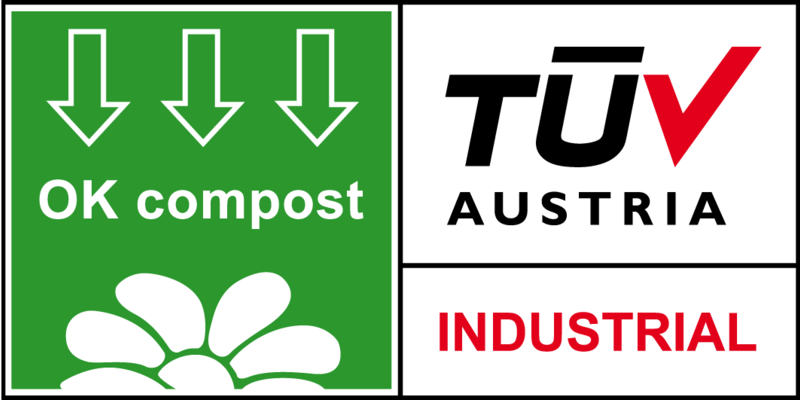
Of particular importance is the OK compost INDUSTRIAL certification, which ensures that the product complies with the EN 13432 standard. This standard requires that the product can be completely degraded in an industrial composting facility. This means that products with this label can be safely collected and disposed of with other organic or food waste without burdening the environment.
In contrast, the OK compost HOME certification does not explicitly adhere to a single standard. It is tested at lower ambient temperatures and for longer periods of time to simulate home composting conditions. Products with this label are particularly suitable for disposal in home compost bins or organic/food waste collection systems.
The Prevented Ocean Plastic program was initiated by Bantam Materials to collect and recycle plastics from areas that may pose a risk of pollution to the oceans and waterways, and to reduce the impact on the environment through reuse. The goal of the program is not just to recycle plastics, but to ensure that all materials involved are sourced from sustainable sources through transparency and traceability.

This program and the corresponding labels provide consumers with a sign of trust that a product is made from plastics found in the oceans and has a full chain of custody of materials and traceability of origin. This means that consumers can be confident that every product they buy comes from a sustainable source and is not causing further harm to the environment.
By choosing products with the Prevented Ocean Plastic label, consumers can support this sustainable business model and influence the market through their own purchasing behavior. This not only helps to reduce the amount of plastic waste, but also helps to drive the industry as a whole in a more environmentally friendly and sustainable direction.






